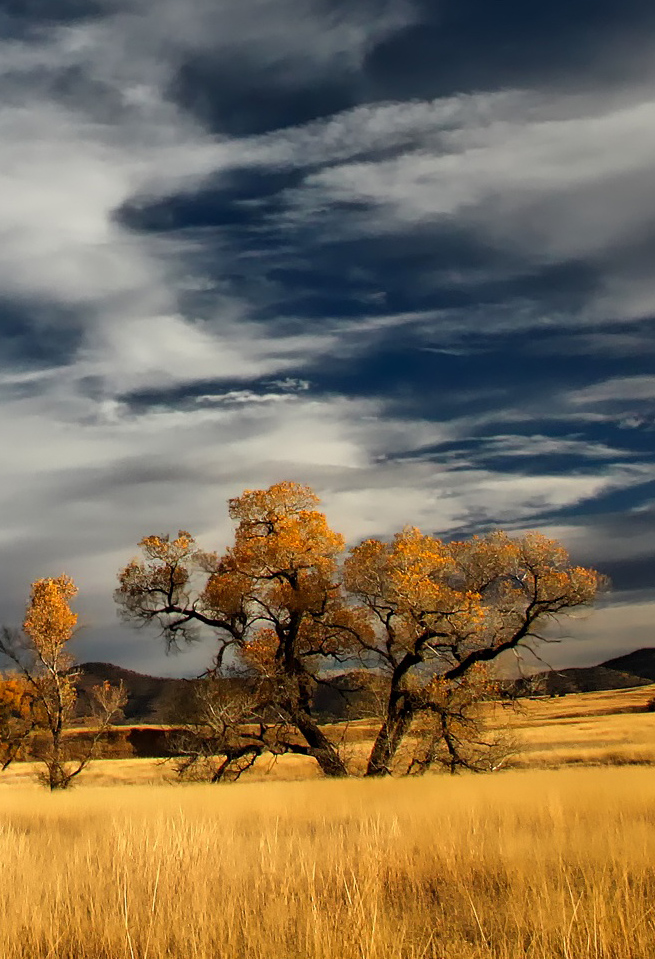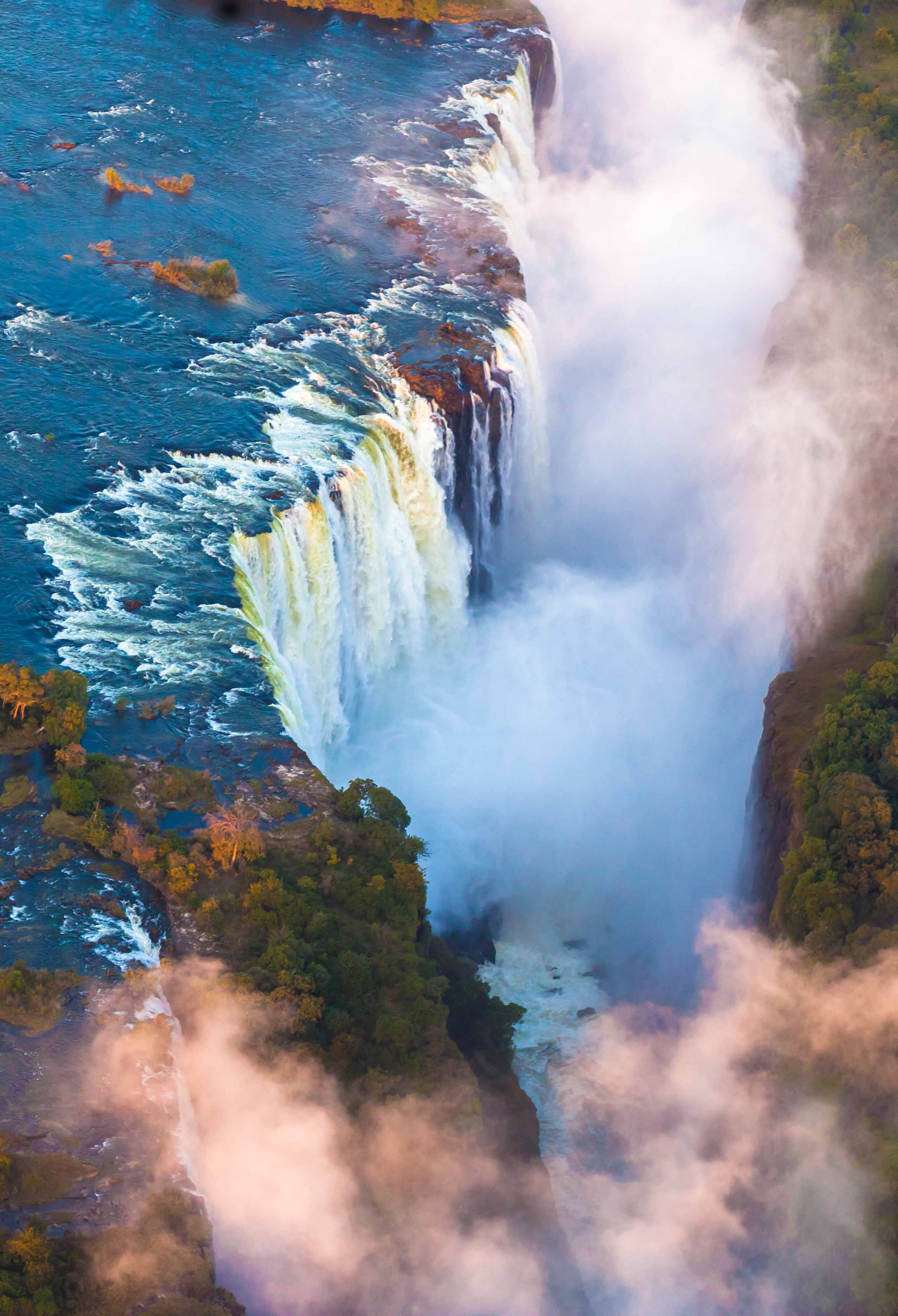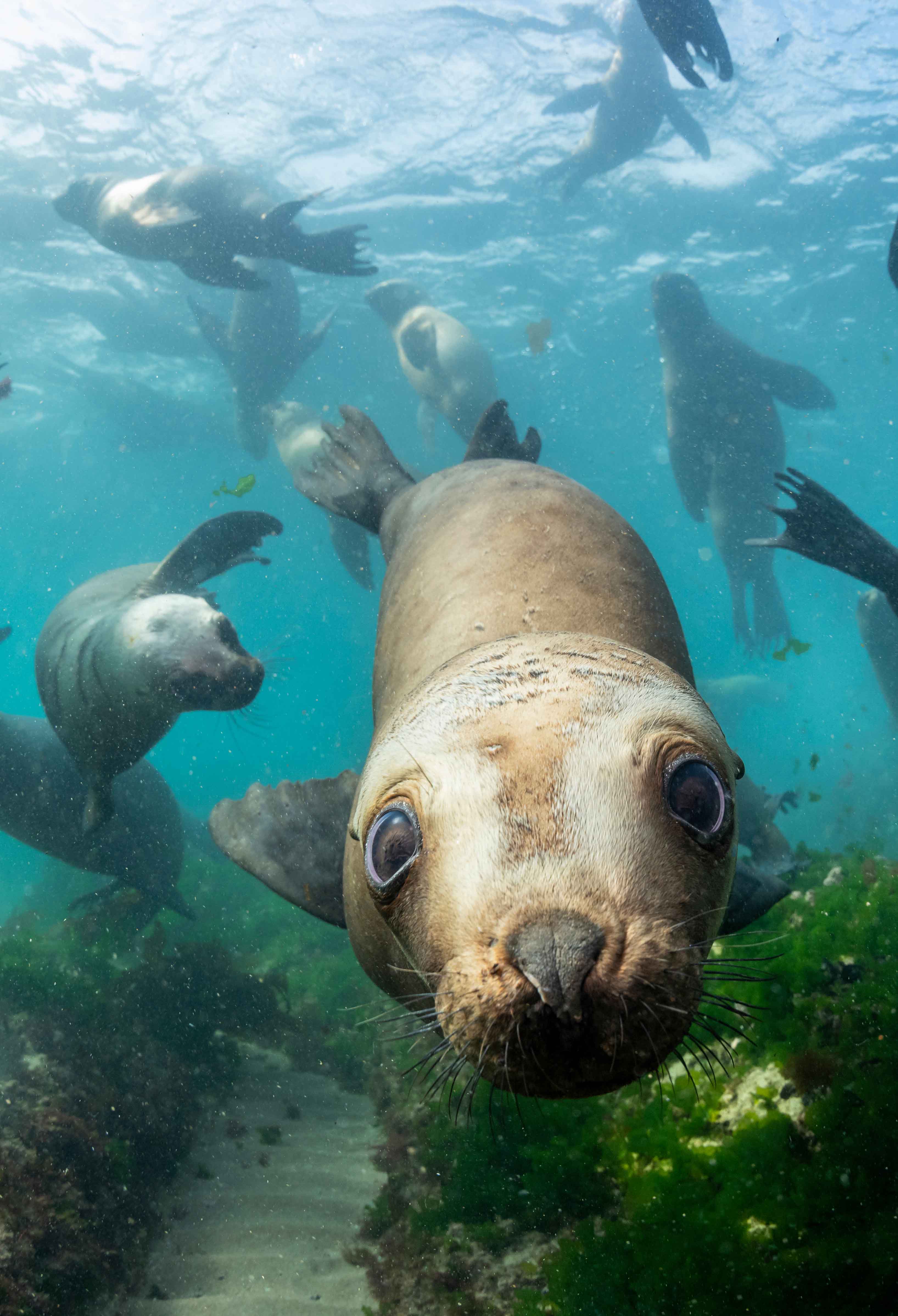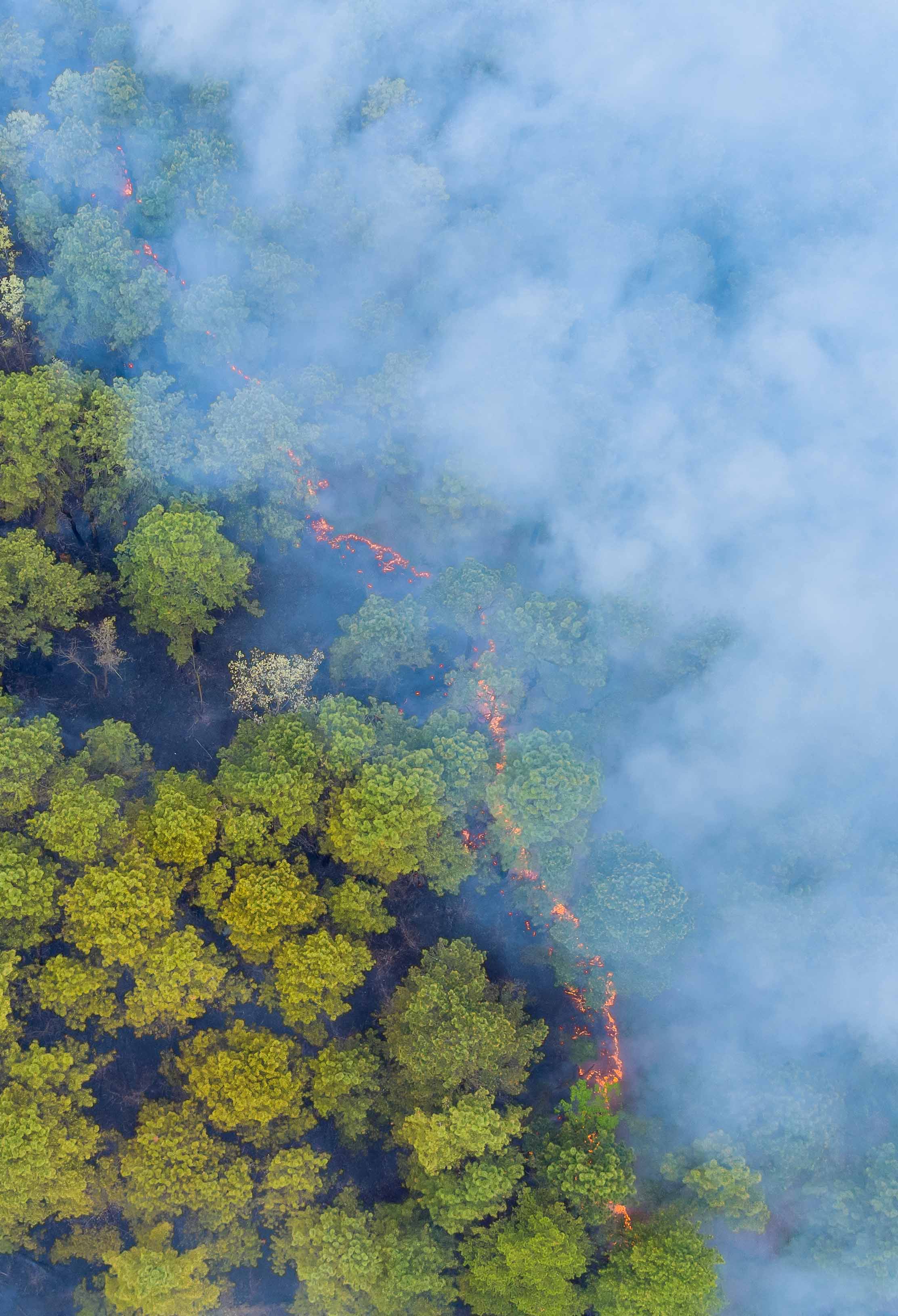
Five priorities shape the Programme





The Programme defines broad areas of work, and sets aspirational targets as well as indicators to measure success. It will help the Union deliver for people, land, water, oceans and climate through five pathways to transformative change: recognise, retain, restore, resource and reconnect.
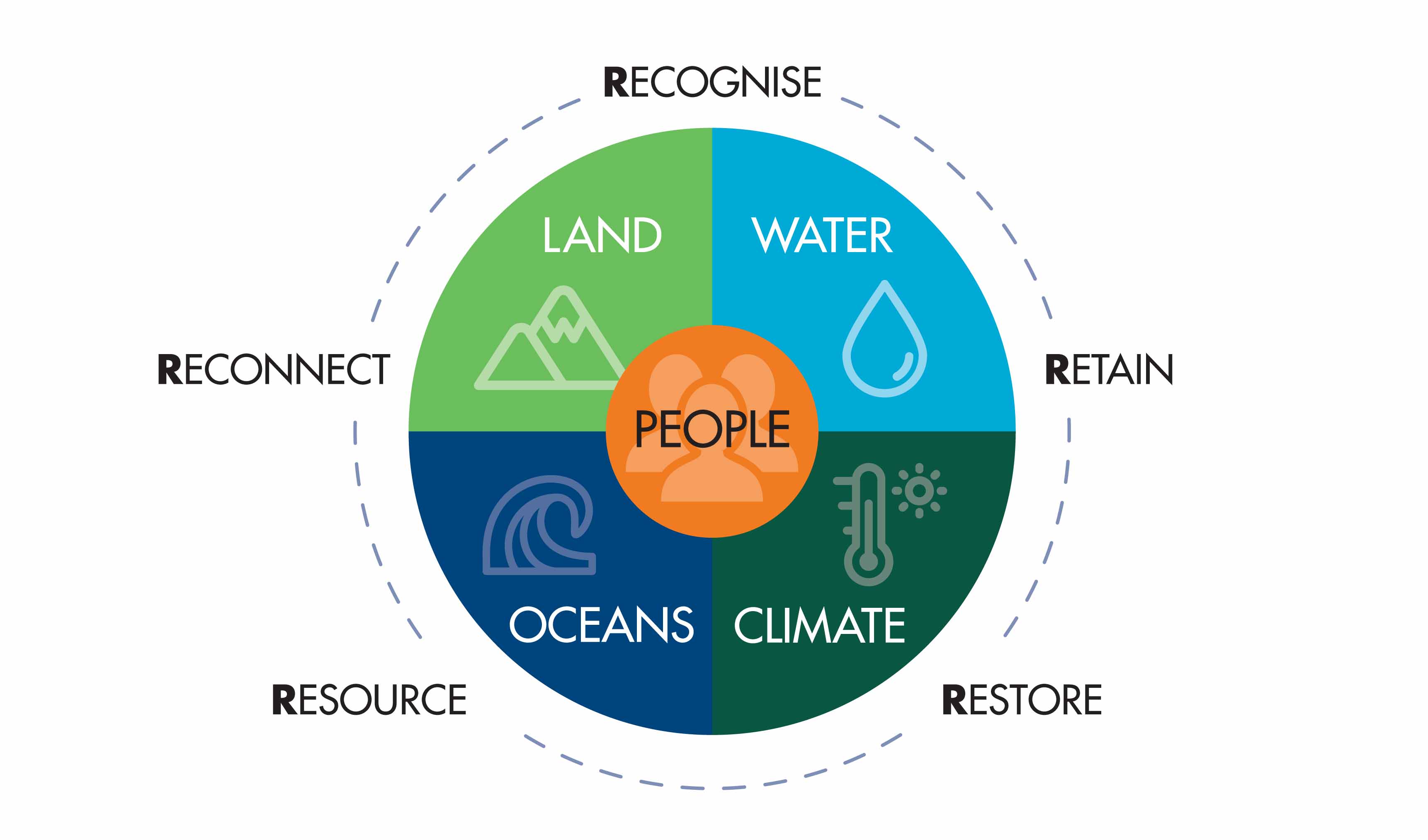
Our commitment
Over the next decade IUCN’s 1,400+ State, Government Agency, Indigenous Peoples and NGO Members, our network of 15,000+ scientists, and our Secretariat of hundreds of dedicated staff will work together towards the Nature 2030 agenda.
Through this global call to action, we commit to delivering clear and demonstrable contributions to the Sustainable Development Goals, the post-2020 global biodiversity framework and the Paris Agreement on Climate Change, as well as global recovery from the COVID-19 pandemic.
Together, we will build partnerships to confront the biodiversity crisis and the climate crisis, and report our progress at the next IUCN World Conservation Congress
The Union will leverage its unique structure to: generate the science-based evidence and knowledge that decisionmakers need; build trust and consensus among stakeholders; identify policy options; and, critically, foster a culture of early and sustainable implementation.

Five pathways to transformative change
Recognise that people and planet face unprecedented challenges, the urgency with which we must act, what we must do, and the role everyone can play. We also recognise that conservation works, that nature is wonderous, and that many are already working to protect and restore it.
Retain the world’s biodiversity, and natural and cultural heritage, in key biodiversity areas and other places where diversity and traditional knowledge flourish.
Restore species populations, ecosystems and the benefits that nature provides to people, capitalising on the UN Decade of Ecosystem Restoration.
Resource the movement by mobilising investment in nature and the people working to conserve it through finance, capacity development and generating knowledge.
Reconnect people, societies and economies to nature, and rebuild connections between fragmented habitats.


